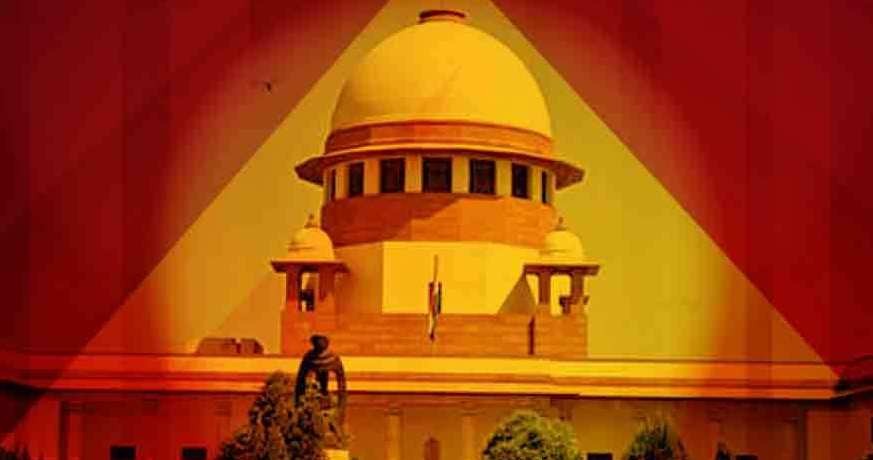
A much-awaited moment has come and left its impress on all of history — and perhaps India’s future. The five-judge Constitution bench of the Supreme Court has given its verdict in a dispute that has endured over a century and exacted a substantial toll, human and political, besides becoming symbolic of the tensions at the heart of modern India’s polity.
The 1,000-plus-page judgment will in all likelihood itself become a monument in the annals of legal history, full of multiple meanings for analysts and commoners alike. Especially given its constitutive, ambivalent traits: an even-handed treatment of the material at hand, a clear espousal of India’s secular foundations, and also an unambiguous conclusion in favour of a temple at the disputed site.
Or perhaps, now that phrase is to be consigned to the dustbin of history — because, despite the instrumentality of a trust to be set up by the Centre, the effect is what everyone understands it to be. What everyone can unanimously wish to be part of history is the rancour and animosity emanating out of religion. All faiths have always coexisted in India, sometimes in conflict but often in a zone of mutual respect and influence. This, therefore, is as good a moment to wish for closure, for the harmonious resolution in the public mind of atavistic urges as India seeks to rid herself of a myriad of real-world problems.
The legal drama that brought us here will, however, continue to offer numerous points for edification, which may have an ongoing influence on future cases of import. The judgment, for one, allows us to observe a curious interplay between two distinct cognitive worlds — the one of hard, concrete reality and the immaterial one — in several ways. Specifically, how faith and the law came to supervene on each other. One comes in the form of Ram Lalla, the infant Ram, rendered as a juristic person, who was made an actual party to the dispute.
His right to property was an integral part of those representing the case for a temple. This of course harks back to a ‘legal fiction’ first deployed by the colonial British to allow the resolution of property and ownership disputes surrounding temples, between rival Hindu parties. Such a ‘juristic person’ is deemed to have property rights, but as the idea came to evolve, not constitutional rights. (One prominent instance when this was demonstrated was during the Sabarimala dispute, when it was argued, in vain, that the presence of women would disturb the privacy of the celibate Lord.)
Is God a person? Hindu deities are famously anthropomorphic. This also catches a common aspect of Hindu devotion. Hindus indeed often pray at temples, not to the abstract substance that Upanishadic thought says pervades the cosmos, but to an imagined flesh-and-blood entity, a person, very much in the manner of those who flock to the dargahs of long-gone Chistis in the belief that a real benediction still lingers in that air.
The other was when evidence from archaeology was sought to be furnished to prove the existence of a temple at the site prior to the building of a mosque — again, a hard, empirical science in the service of a matter of faith. Finally, it was not that evidence (never substantive enough) that clinched it, but that the faith about it being Ram’s birthplace was itself an “undisputed fact”. It falls on all of us, expert and layperson alike, to accept this inner duality at the heart of the verdict and strive for peace and emotional restitution.


.jpeg)

